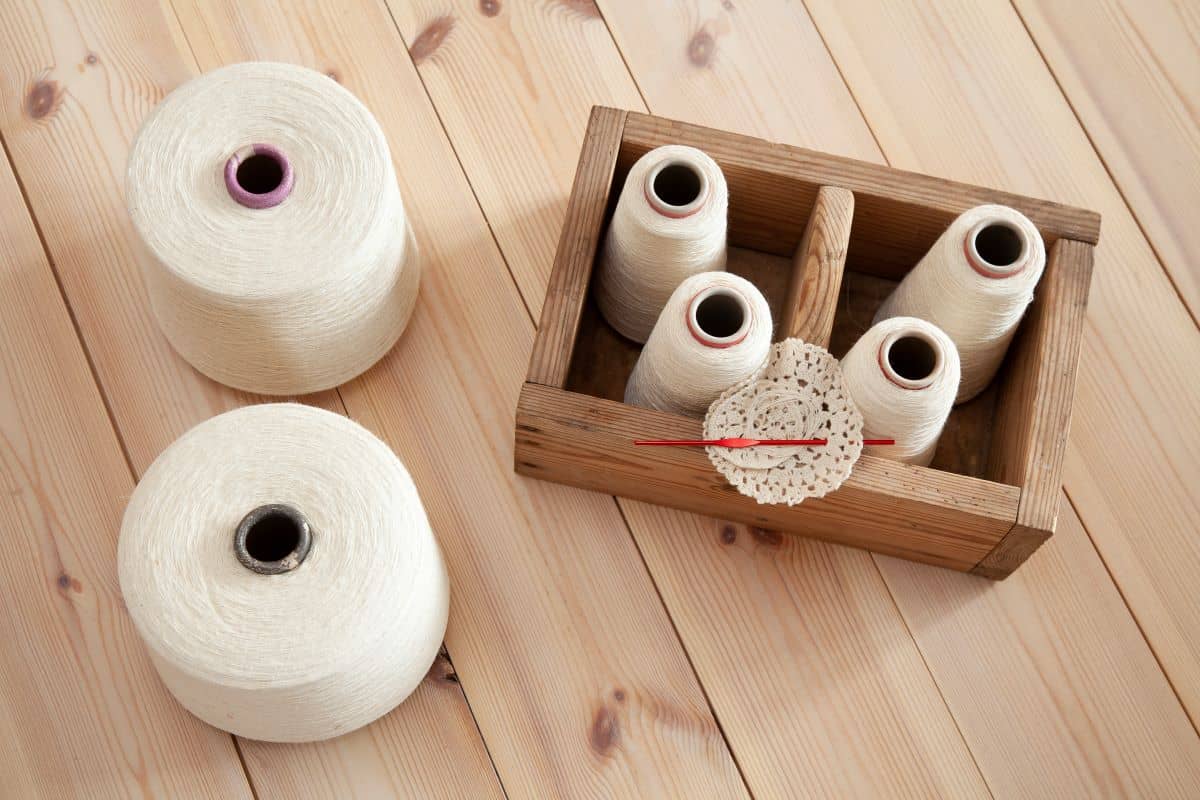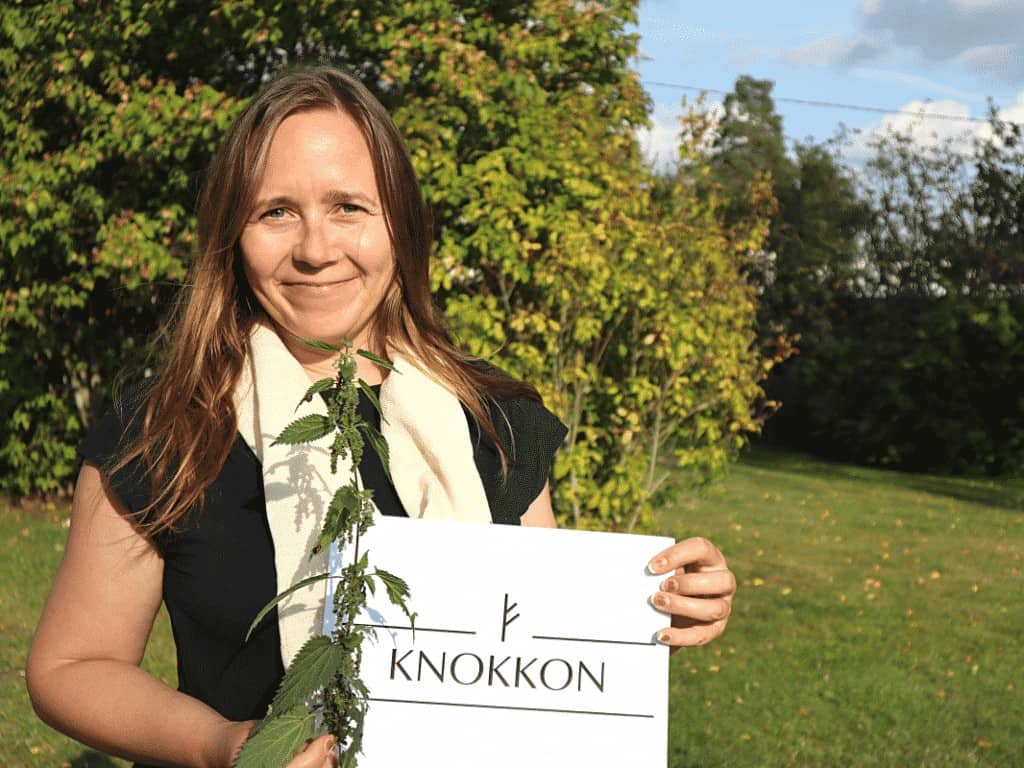Currently, the decortication method in Germany is the only one in the world that can extract the highest quality fibres from stems, the so-called elementary fibres. The method can be used to remove surplus, ie extra substances, from the stems.
The method has only recently been developed, and it will be a while before similar equipment is available in Finland. In Finland, nettle is grown, but the leaves are mainly used for nutritional purposes.
If we could find the right people in Finland who could finance and provide their know-how and contract farmers who would boldly go to try fibre production, I would be interested in joining. The nettles must be tall and long-stemmed and it will take some time before you get fields that produce enough fibre, but that is possible.
Application process
Kuoppamäki-Luomansuu applied for start-up support from the ELY Center, Centre for Economic Development, Transport and the Environment, well before she founded the company. She made the application online and stated that it took a quite long time to make the application.
-The questions in the application brings you really close to your company and ensures that there is a really profitable business. There were a lot of good questions in the application. It is also important to limit our own activities so that I do not start doing everything, says Kuoppamäki-Luomansuu.
Kuoppamäki-Luomansuu has a business background and has made application applied for work, but says that he understands that if there is no previous experience, it may be a bit challenging. But she thinks it’s good to have to think things through the company thoroughly, because you can see that something she had had in mind really doesn’t work.
-I received feedback that the business plan doesn’t have to go into such small details, it is enough to write, for example, that the e-commerce order is from a Finnish service provider and the price is roughly this and this much. It is perhaps the most difficult thing to think in advance how to use the entire money, because you need to two or three years ahead from now, Kuoppamäki-Luomansuu says.
However, it was clear to the entrepreneur where the money would be put in as she pursues internationality. The online shop must also in English. She also pre-budgeted for communication and marketing consultation because she understood their importance. With the help of an consult, she drew up a plan for how to communicate on different channels and how to showcase the product when it comes to new material.
Scandinavian region notoriety
-My online store is also for wholesalers and I am looking forward to corporate clients who would be interested in sewing fabrics for a clothing collection. I don’t intend to make my own clothing collections and I stick to the simple ones in my own products that act as an appetizer to showcase the materials. I have a few of my own products that are important, of course, but I don’t want to compete with my customers.
Kuoppamäki-Luomansuu is currently looking for suitable partners with whom to make a nettle scarf and blanket and get the products for sale.
Kuoppamäki-Luomansuu’s wish is to make the Scandinavian region known, and with the support of the ELY Center, she intends to visit trade fairs in Denmark and Sweden to showcase the products. There is a customer in the UK who mainly orders yarns, although she has not marketed there at all.
– It would also be nice to see someone dressed in such an ethical and ecological creation in Finnish Independence party, Kuoppamäki-Luomansuu says.

